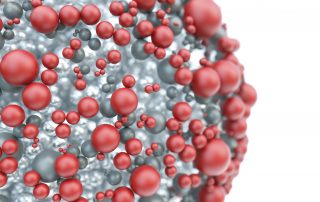Antimicrobial polymeric materials and nanocomposites
Blueberry Therapeutics are pleased to share the publication of a review article in Frontiers in Bioengineering and Biotechnology titled ‘Antimicrobial polymeric materials and nanocomposites’.
https://www.frontiersin.org/articles/10.3389/fbioe.2021.780328/full
This peer-reviewed article was authored by Winnie Ntow-Boahene, a student in Professor Liam Good’s team at the Royal Veterinary College, London. The research is partly funded by Blueberry and supported by our Chief Scientific Officer, Dave Cook, who is also an author. The project also benefits from UK government funding from BBSRC (https://gtr.ukri.org/projects?ref=studentship-1906777).
This review provides an excellent overview of the current state of play of antifungal treatments, and highlights that although not often serious at the individual level, fungal infections are on the increase and are a concern at a global level. These infections include onychomycosis (fungal nail infection) and tinea pedis (athlete’s foot), two core areas of focus for Blueberry.
Like many therapeutic approaches of the last century, antifungal treatments are generally small molecule drugs (organic compounds with low molecular weight). These often have limitations, such as low solubility and difficultly achieving the required concentrations at the site of infection in the body (‘bioavailability’). Antifungal resistance is increasing and becoming a problem akin to the more well-known issue of antibiotic resistance.
The authors suggest that alternative strategies are needed to treat fungal infections, such as the use of antifungal polymers, which can be natural or synthetic and are large molecules built up of multiple units. The antifungal activity comes from charged regions that allow adhesion to the fungus wall, hydrophobic (repels water) regions that allow entry into cell membranes, and hydrophilic (mixes with water) […]


